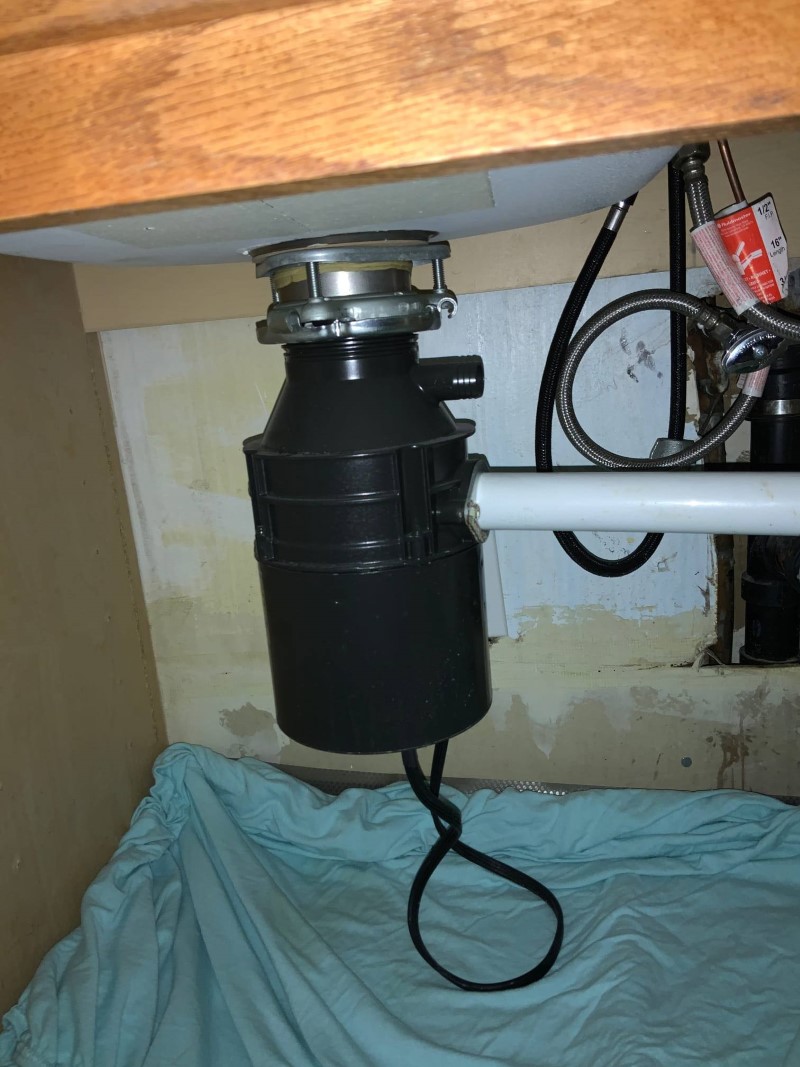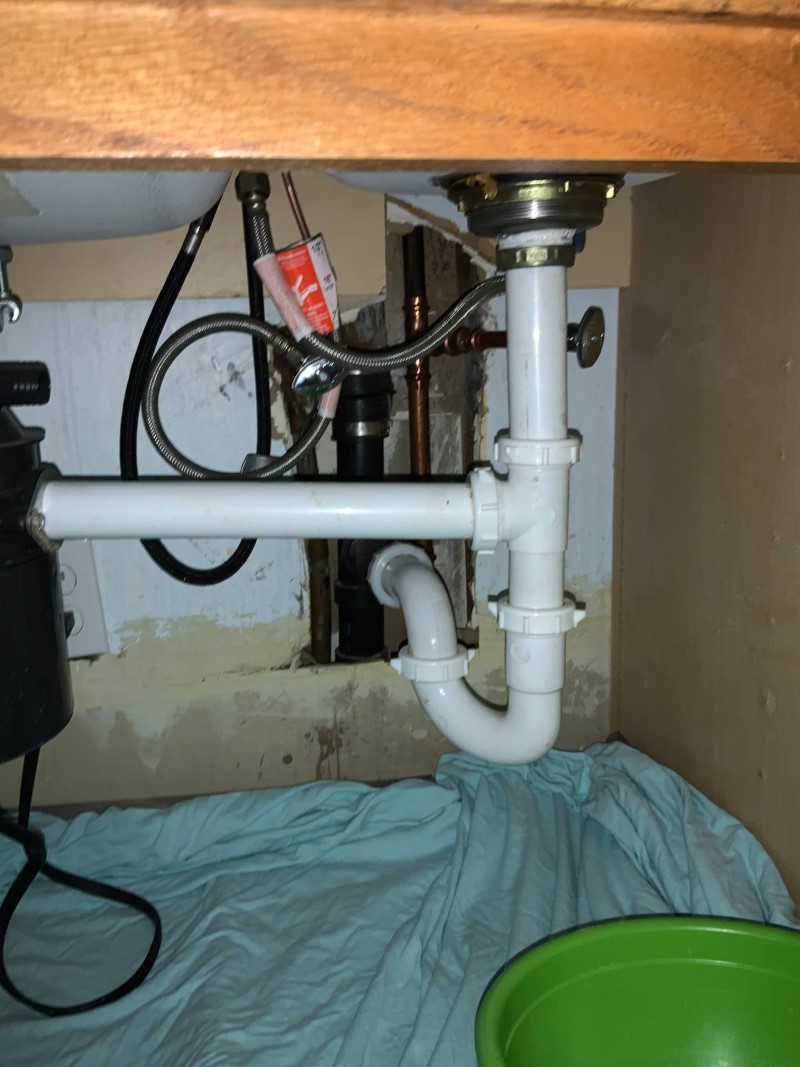In this article down the page you can locate lots of reliable information related to The Handy Guide To Fixing Your Garbage Disposal Leaking.

Waste disposal unit are necessary cooking area appliances that assist in taking care of food waste efficiently. However, a leaking garbage disposal can be a frustrating and untidy issue to handle. The good news is, numerous leakages can be fixed quickly with a couple of easy steps. In this post, we will certainly review exactly how to repair a dripping garbage disposal successfully.
Introduction
Waste disposal unit are mounted under kitchen area sinks and are made to shred food waste into smaller sized items, allowing it to pass through the pipes system quickly. While these devices are usually trusted, leakages can take place with time because of damage, loose connections, or damage to the unit.
Typical Causes of Leakages in Garbage Disposals
Worn Seals and Gaskets
Seals and gaskets play a crucial duty in avoiding water from dripping out of the garbage disposal. Gradually, these elements can deteriorate, leading to leakages around the disposal device.
Loose Connections
The links in between the garbage disposal and the pipes system can come to be loose with time, creating water to leak out throughout procedure.
Cracks or Holes in the Disposal System
Physical damages to the waste disposal unit, such as fractures or openings in the real estate, can additionally lead to leakages.
Determining the Resource of the Leak
Prior to trying to deal with a leaking waste disposal unit, it is essential to recognize the resource of the leakage. This can normally be done with aesthetic examination or by performing simple tests.
Visual Examination
Inspect the garbage disposal device thoroughly for any indications of water leakage. Pay close attention to locations around seals, gaskets, and connection factors.
Checking for Leakages
One way to examine for leaks is by running water via the disposal device and looking for any visible indicators of leak.
Tools and Products Needed for Dealing With a Leaking Waste Disposal Unit
Prior to beginning the repair work procedure, collect the necessary tools and products, including a screwdriver, adjustable wrench, plumber's putty, substitute seals or gaskets, and epoxy or patching product for repairing splits or openings.
Step-by-Step Guide to Repairing a Dripping Garbage Disposal
Switch off the Power
Prior to trying any type of repair work, guarantee that the power to the waste disposal unit system is switched off to prevent the threat of electric shock.
Find the Leakage
Recognize the precise location of the leak and figure out the cause.
Tighten Connections
Make use of a wrench to tighten up any kind of click here loosened connections in between the disposal system and the pipes system.
Change Seals or Gaskets
If the leak is because of worn seals or gaskets, get rid of the old elements and replace them with new ones.
Patching Cracks or Openings
For fractures or holes in the disposal unit, usage epoxy or an ideal patching product to secure the damaged location.
Testing the Waste Disposal Unit After Repair Service
When the repair service is full, check the garbage disposal by running water via it to ensure that the leak has been solved.
Preventive Upkeep Tips to Prevent Future Leakages
To prevent future leakages, it is important to perform routine upkeep on your garbage disposal. This consists of maintaining it tidy, avoiding putting non-food items or hard items down the disposal, and occasionally looking for leaks or various other issues.
Conclusion
Finally, repairing a leaking garbage disposal is a reasonably straightforward process that can be finished with standard devices and products. By complying with the actions described in this write-up and exercising precautionary maintenance, you can keep your garbage disposal in good working problem and stay clear of costly repair work in the future.
HERE’S HOW TO FIX YOUR GARBAGE DISPOSAL
WHAT TO DO IF SOMETHING IS STUCK IN YOUR GARBAGE DISPOSAL
If the impeller won’t turn, there’s probably something stuck in the disposal. It could be a steak bone or peach pit, although plumbers report pulling all sorts of inappropriate objects out of disposals, such as bottle caps or aluminum foil. Make sure power to the disposal is off, and look inside to see if you can see the source of the jam.
Never stick your fingers in a disposal. Pull out anything you see with tongs or pliers.
If the disposal still won’t work, it may be time to call a plumber or consider buying a new disposal. GEM Plumbing & Heating is here for all of your garbage disposal needs.
WHAT TO DO IF YOUR GARBAGE DISPOSAL DRAIN IS CLOGGED
Take everything out from underneath your sink and put a bucket or other container under your disposal to catch any water that drains out. Disconnect your disposal from the power supply. If it’s plugged into a wall outlet, unplug it. If it’s hardwired into an electrical box, go to the electrical panel and turn off the breaker for the disposal. Pour ¼ cup of baking soda into the drain, followed by ½ cup of white vinegar. Give the solution a few minutes to fizz and do its work. Look into the disposal with a flashlight to see if you can see an object that might be causing the clog. If you see it, remove it using tongs or pliers. MORE TIPS ON DEALING WITH A CLOGGED GARBAGE DISPOSAL
Never use drain cleaner in a garbage disposal. It can damage the plastic parts inside the disposal. You can also be splashed with the caustic liquid while working to clear the clog. Beware! Never stick your fingers into a garbage disposal. Trust us — not a good idea. In many instances, your dishwasher drains through your garbage disposal. This allows the disposal to grind any large food particles that may be drained out of your dishwasher. There are some jurisdictions, however, where the plumbing code prohibits such a connection. WHAT TO DO WHEN YOUR DISHWASHER DRAINS THROUGH THE DISPOSAL
Run some water in the sink so your plunger has at least a ½-inch of water to create a seal and plunge vigorously up and down several times. You may need to repeat this several times. Run hot water down the drain to clear any residue that remains.

We were made aware of that write-up on Why Is from an acquaintance on our other blog. Don't hesitate to set aside a second to distribute this content if you enjoyed reading it. Thanks for your time. Please stop by our site back soon.
Go Services